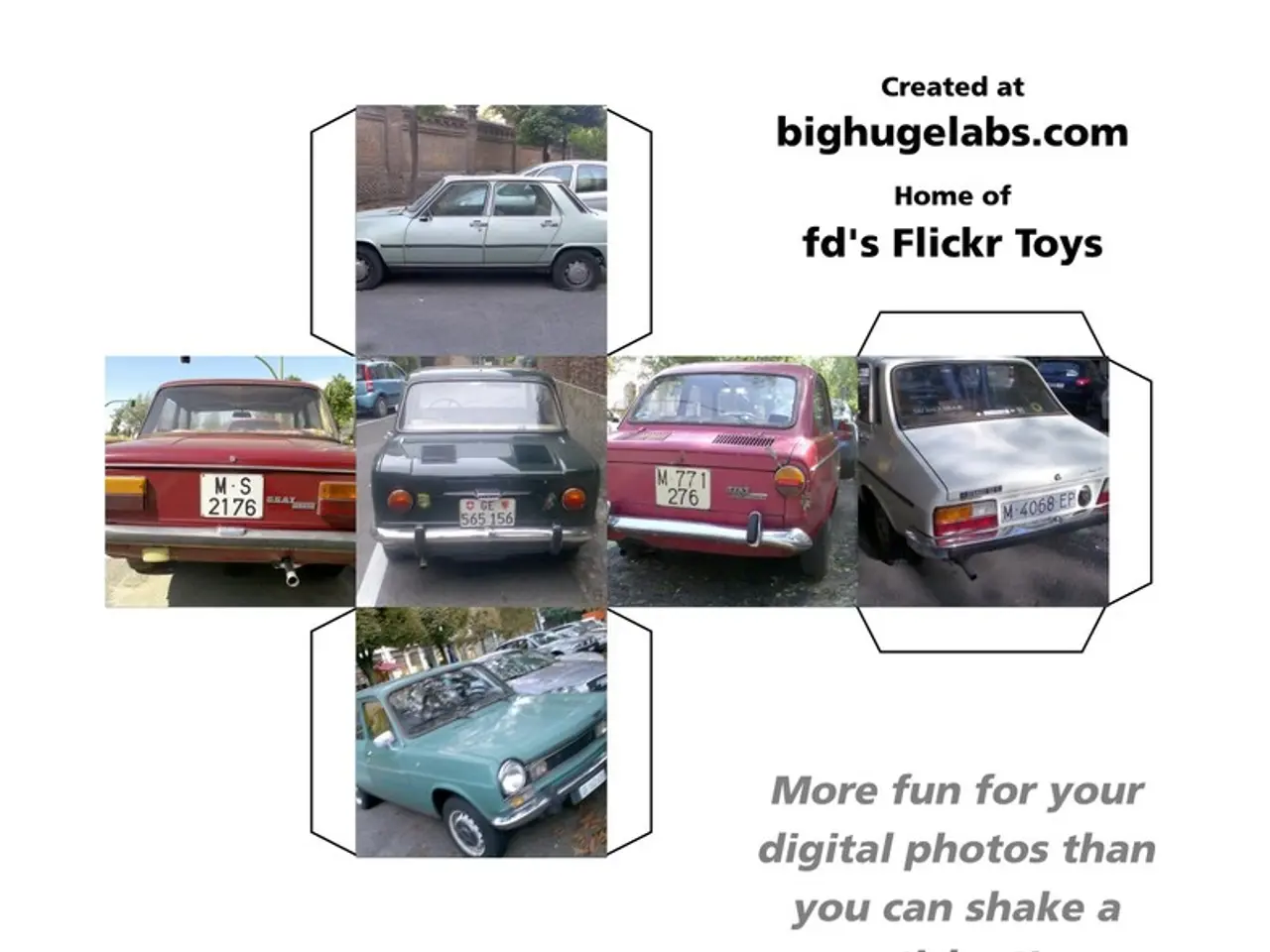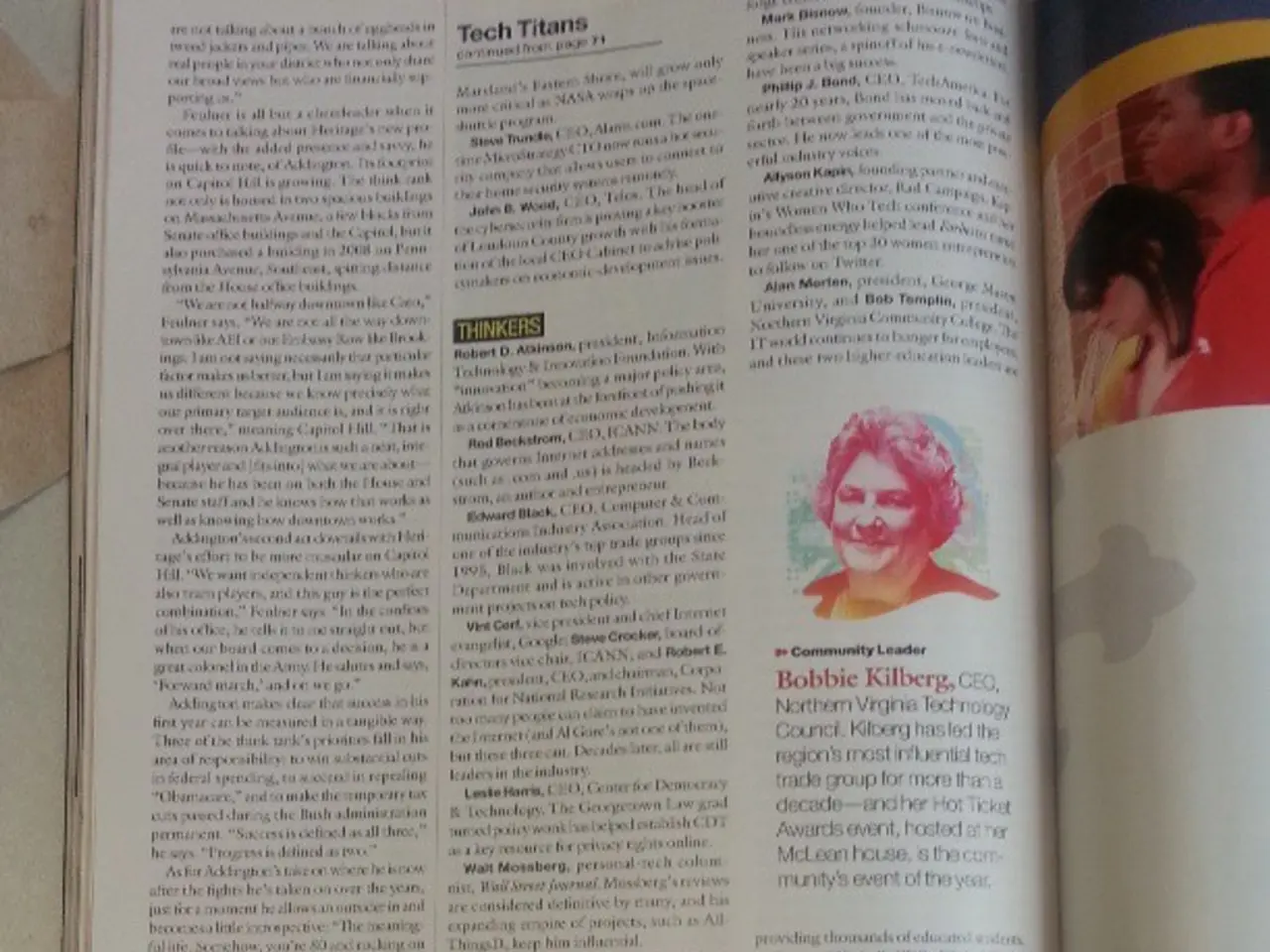Almost Half of Advertising Budget Goes Towards Unidentified Product Promotion
In the ever-evolving world of digital marketing, a new report by CreativeX sheds light on the effectiveness of creator marketing and the importance of maintaining brand identity within this space.
The study, which assessed a vast collection of creator and brand ads across major social platforms, reveals that brands that lean into conversational audio in creator ads reap tangible gains. However, it's not just about blending in with the native aesthetic. Authenticity doesn't mean abandoning suitability, and the work can still feel intimate and human while hitting cues that drive recall and consideration.
As brands reallocate media weight towards creator-made work as a primary conduit for reach, trust, and cultural fluency, the question arises: Whose equity is being built when a creator's post is amplified? If the answer isn't unequivocally "yours", value is not being returned.
The findings suggest that the rules of digital suitability still matter in a creator-centric context. When they are ignored, performance drops off significantly. The key principles for effective influencer marketing emphasize embedding brand identity clearly within creator content and applying the fundamentals of advertising theory to avoid brand equity leakage while leveraging the creator economy.
Embedding brand identity within creator content is crucial. Attention leads to memory, and memory drives action. Entertainment value with early, distinctive brand presentation is key. Briefing creators with strategic intent ensures content has a clear methodology aligned to brand goals, rather than content that “feels right” but fails to build brand recall or purchase intent.
In fast-scrolling environments like TikTok, early brand recognition and emotional response are primary drivers of effectiveness. Branded elements should be prominent and tied to emotional storytelling. Certain basic principles, such as introducing the brand immediately, crafting for the first seconds, designing for platform overlays and aspect ratios, writing captions that add value, and ensuring legibility in a feed environment, should still be applied to creator content when boosted to ensure it doesn't get cropped, skipped, or forgotten.
The study also reveals that when branding appears immediately in creator ads, completion rates rise, and costs per completed view fall. Adopting a human-first framing in creator ads leads to a dramatic lift in completion.
However, ignoring certain principles in creator content when it is boosted can result in underwriting someone else's personality while one's own brand fades into the scroll. Creative quality scores should evaluate every boosted creator asset against core suitability criteria to prevent brand equity leakage.
The overall message is that creator marketing isn't just about native aesthetics but requires rigorous attention to brand memory formation and emotional impact to protect and grow brand equity within the creator ecosystem. The future of influence belongs to the marketers who can hold two truths at once: people want to hear from people, and brands still need to be seen, heard, and remembered.
- In the creator-centric context outlined by the study, technology plays a crucial role in ensuring brand identity is embedded effectively within creator content, such as optimizing content for fast-scrolling platforms like TikTok or integrating branding elements promptly to increase completion rates.
- The future of influencer marketing, as seen in the study, lies not just in blending brand identity with the native aesthetic of sports or any other field, but also in maintaining a human-first approach that balances the emotional impact of sports with the remembering power of brand identity, thereby promoting brand equity and growth.




